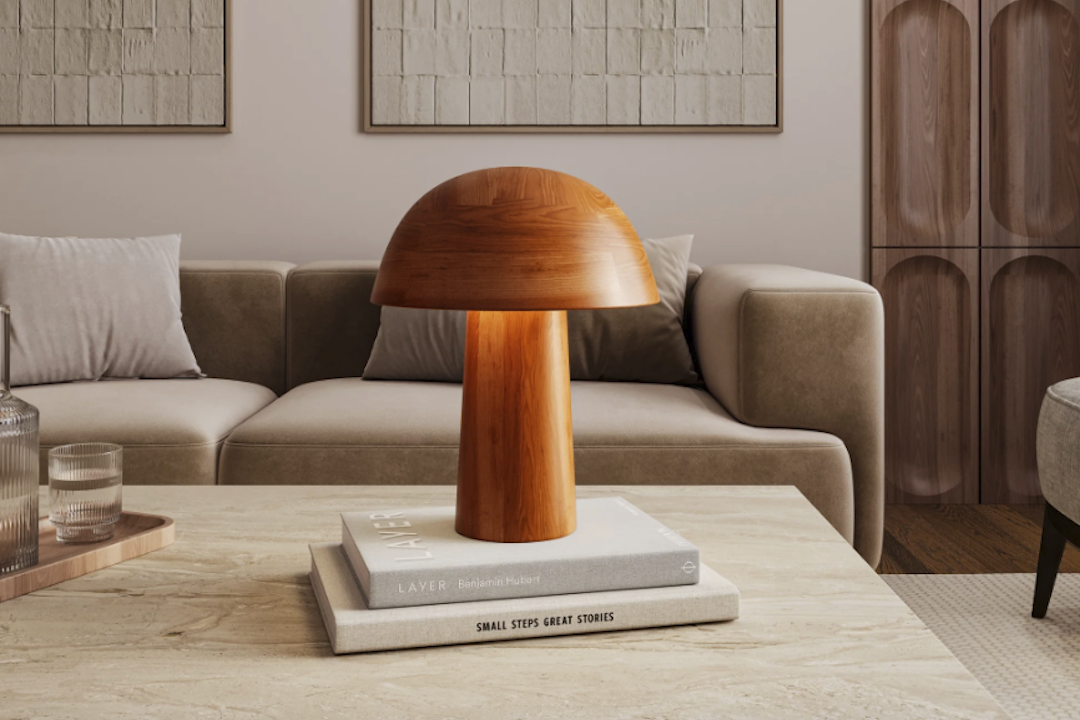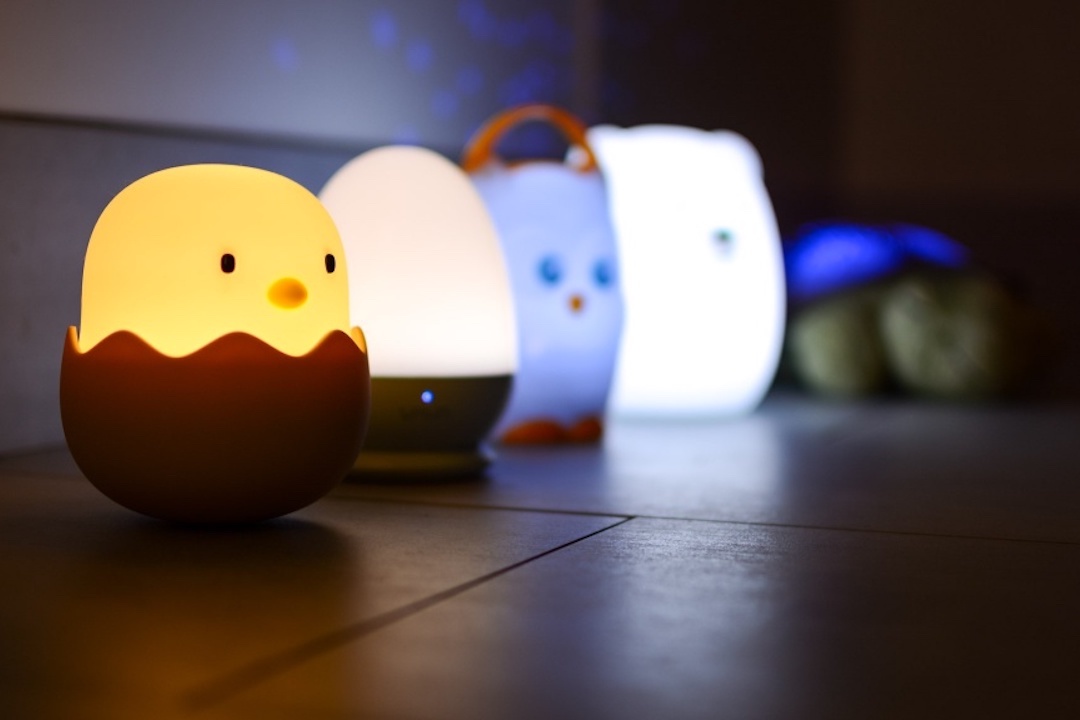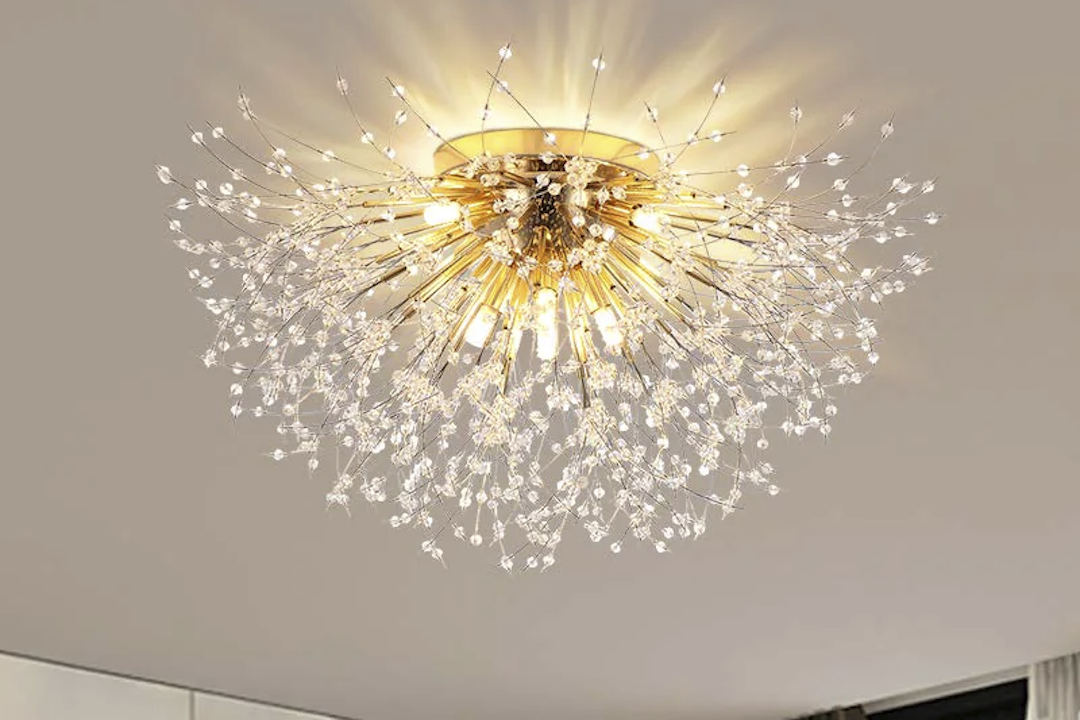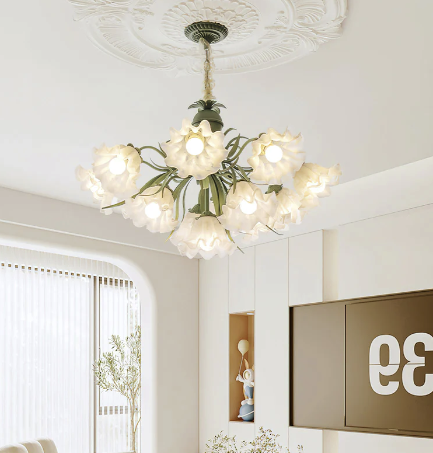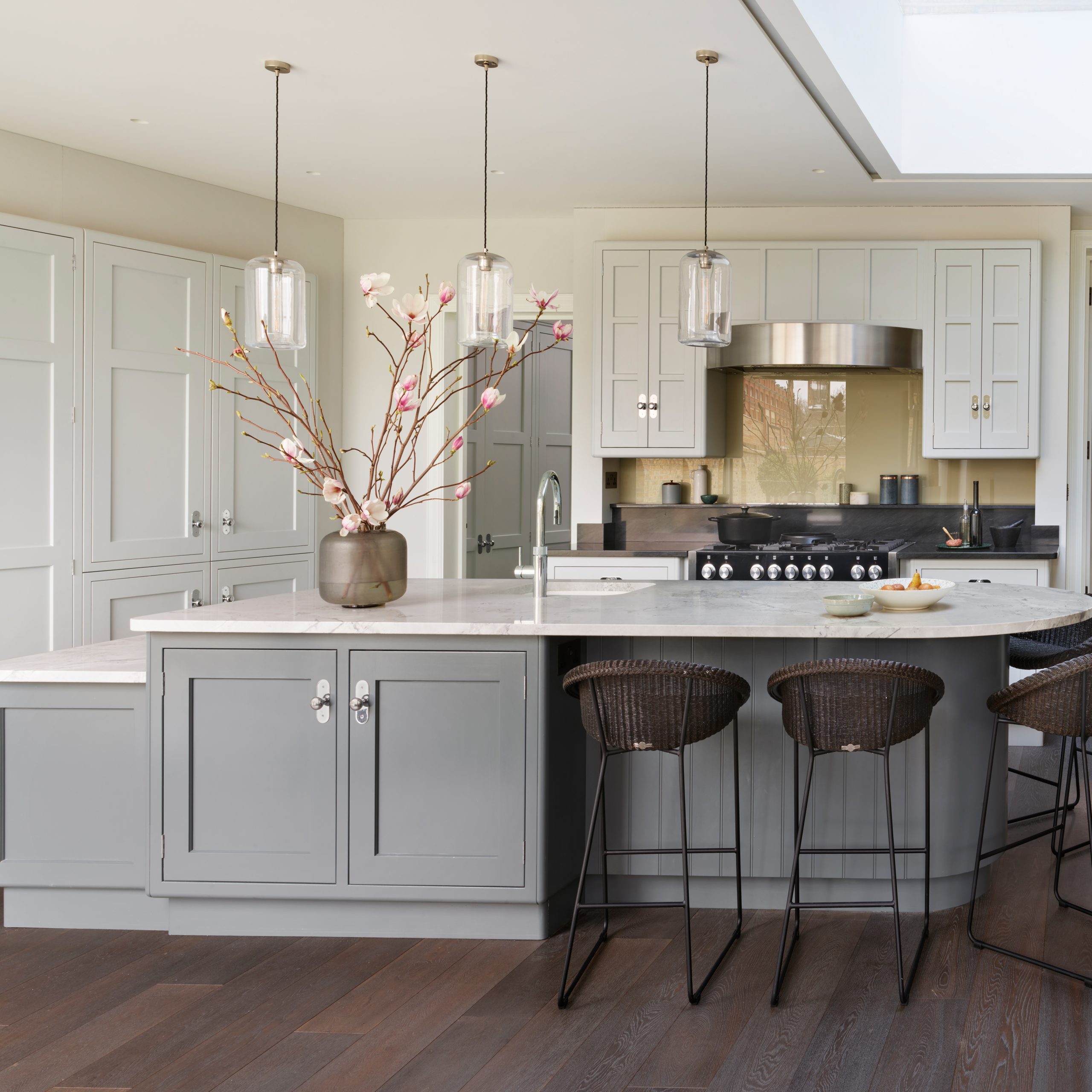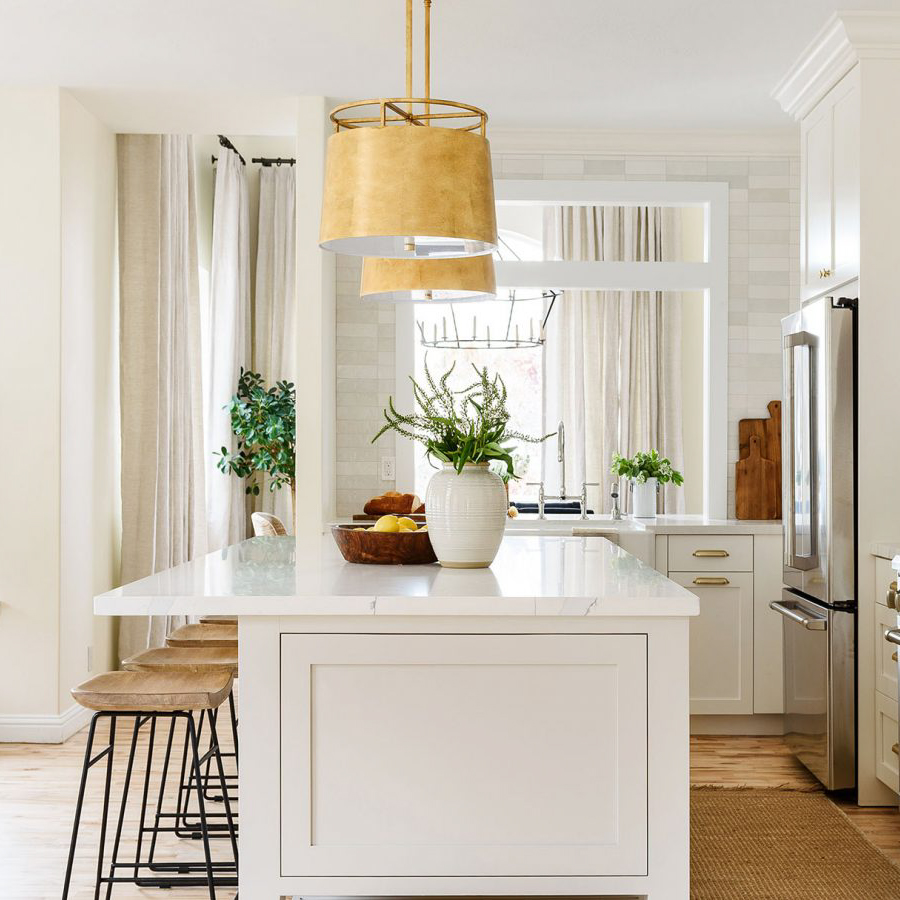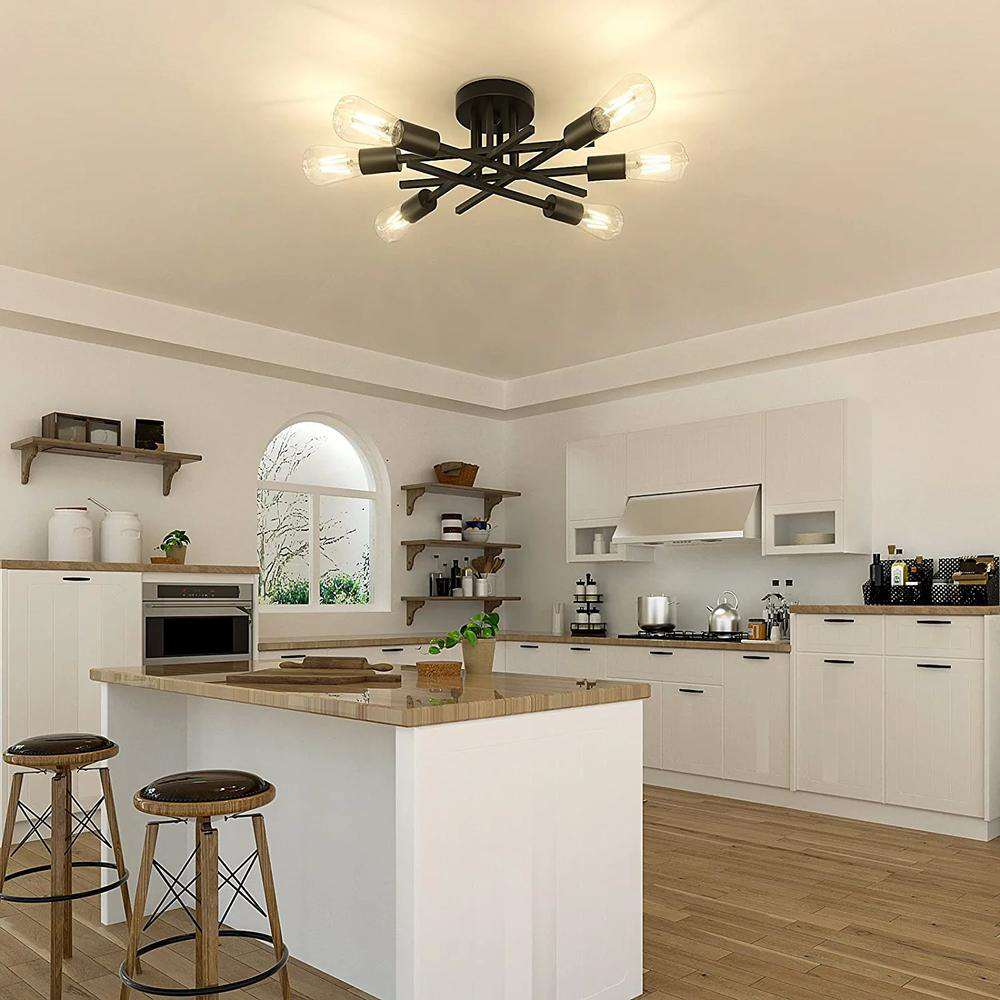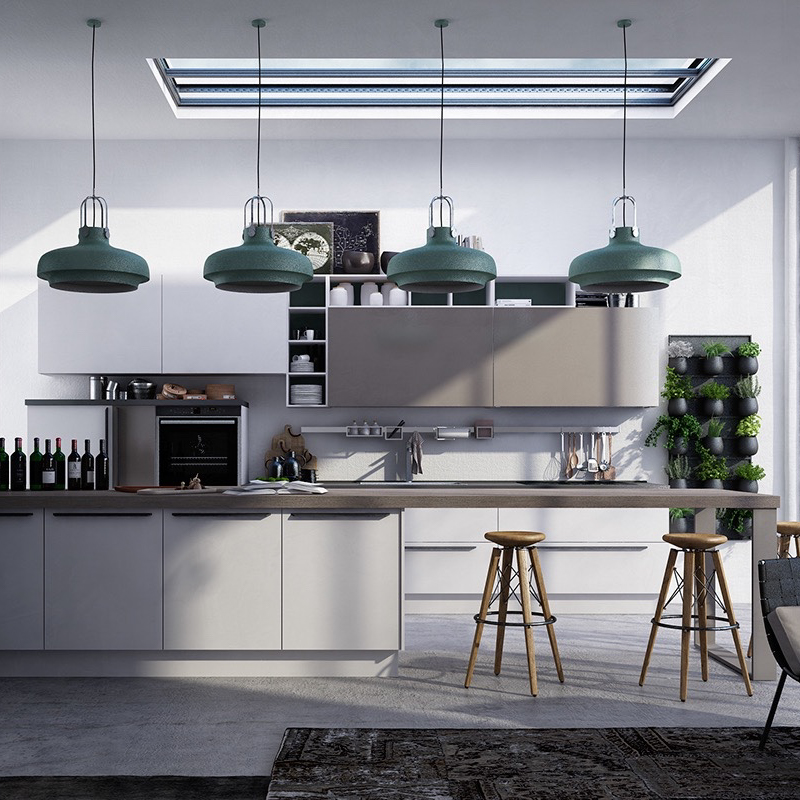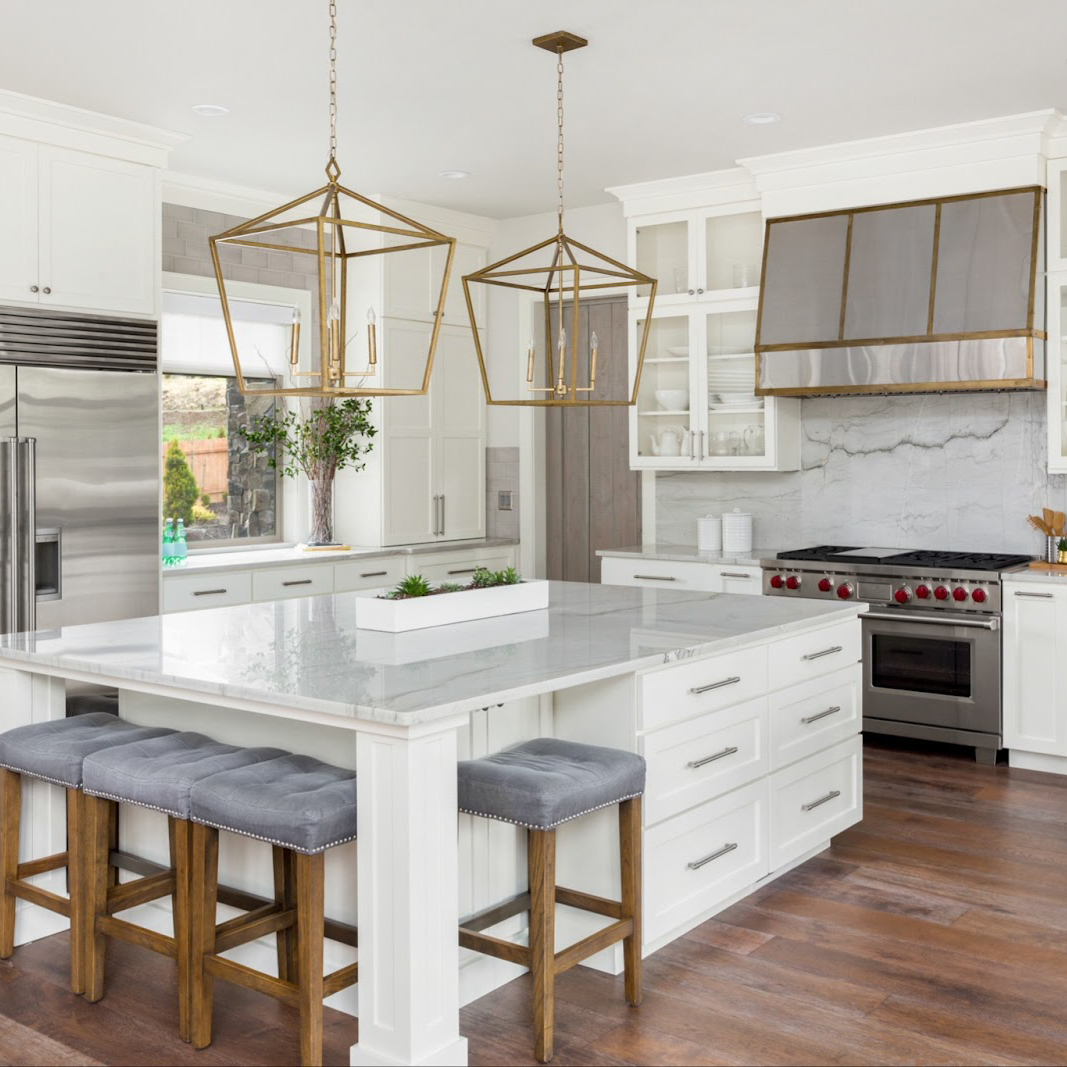The Basic Concept of Pop Down Ceiling
Pop down ceiling, also known as suspended ceiling or drop ceiling, is a secondary ceiling that hangs below the main ceiling. It is usually made of lightweight materials such as gypsum boards or mineral fiber panels, supported by a grid of metal frames or wires that hide the joints and pipes between the two ceilings. Pop down ceiling can be installed in residential buildings, commercial spaces, or industrial facilities, for various purposes such as insulation, decoration, lighting, soundproofing, or ventilation. It is a versatile and cost-effective solution that can enhance the functionality and beauty of any room.
The Advantages of Pop Down Ceiling
Pop down ceiling has several benefits that make it a popular choice among homeowners and designers. Here are some of them:
1. Insulation: Pop down ceiling can improve the thermal and acoustic performance of a room, by reducing the heat loss, damping the noise, and absorbing the reverberation. It can also prevent the condensation and mold formation, by creating a barrier between the warm indoor air and the cold outdoor air.
2. Aesthetics: Pop down ceiling can add a sense of style and elegance to a space, by creating a uniform surface that hides the flaws and imperfections of the main ceiling. It can also accommodate different shapes, colors, textures, and patterns, that can complement the decor and theme of the room.
3. Lighting: Pop down ceiling can provide a platform for various types of lighting fixtures, such as chandeliers, pendants, spotlights, or LED strips, that can create different moods and effects. It can also distribute the light evenly and prevent glare or shadow.
4. Maintenance: Pop down ceiling can facilitate the maintenance and repair of the main ceiling, by allowing easy access to the plumbing, wiring, ducts, or beams, that are hidden above it. It can also resist stains, scratches, or dents, that can occur from time to time.
The Types of Pop Down Ceiling
Pop down ceiling comes in different types, each with its own design, material, and functions. Here are some of the most common ones:
1. Gypsum board ceiling: This type of pop down ceiling is made of gypsum boards that are screwed or glued to the metal frames. It is easy to install and can be painted, wallpapered, or textured to achieve different looks. It is also fire-resistant and sound-absorbing, and can last for many years.
2. Mineral fiber ceiling: This type of pop down ceiling is made of mineral wool or glass fiber panels that are suspended by wires from the metal frames. It is durable and can resist moisture, fire, and bacteria. It is also acoustic and thermal insulation, and can reduce the energy cost of a building.
3. Metal ceiling: This type of pop down ceiling is made of metal sheets or tiles that are hung from the metal frames. It is stylish and modern, and can reflect light and color in interesting ways. It is also easy to clean and maintain, and can be shaped in many forms and sizes.
4. Wood ceiling: This type of pop down ceiling is made of wood panels or planks that are nailed or glued to the metal frames. It is warm and natural, and can create a cozy and rustic ambiance. It is also eco-friendly and renewable, and can improve the indoor air quality.
The Installation Process of Pop Down Ceiling
Pop down ceiling can be installed by a professional contractor or a DIY enthusiast, depending on the complexity and size of the project. Here are the basic steps of installing a pop down ceiling:
1. Planning: Determine the size, shape, and height of the pop down ceiling, and the type of material and design that you want to use. Consider the location of the light fixtures, vents, and openings, and the accessibility of the main ceiling.
2. Preparation: Clean the main ceiling from dust, debris, and loose paints or coatings. Mark the location of the metal frames on the main ceiling, using a chalk line or a laser level. Assemble the metal frames according to the manufacturer’s instructions, and attach them to the main ceiling with screws or anchors.
3. Installation: Cut the panels or tiles of the pop down ceiling to fit the size and shape of the metal frames, using a saw or a knife. Insert them into the frames, and align them with the edges and corners of the room. Continue the process until the entire grid is covered with the pop down ceiling.
4. Finishing: Fill the gaps between the panels or tiles with joint compound or caulk, and smooth the surfaces with a putty knife or a sandpaper. Install the light fixtures, vents, and openings, and connect them to the electrical and plumbing systems. Paint, wallpaper, or texture the pop down ceiling, if desired.
The Cost and Return on Investment of Pop Down Ceiling
Pop down ceiling can vary in cost, depending on the type, material, size, and complexity of the project. However, it is generally an affordable and cost-effective solution, that can provide a high return on investment in terms of energy savings, noise reduction, aesthetic improvement, and resale value. The average cost of installing a pop down ceiling ranges from $3 to $7 per square foot, including labor and materials. The payback period of a pop down ceiling is usually between 2 to 5 years, depending on the location and climate of the building, and the energy efficiency of the main ceiling.
The Maintenance and Repair of Pop Down Ceiling
Pop down ceiling can last for many years, with proper maintenance and repair. Here are some tips on how to take care of your pop down ceiling:
1. Clean the surface regularly from dust, dirt, or stains, using a soft cloth or a vacuum cleaner. Do not use abrasive chemicals or solvents that can damage the material or the finish.
2. Inspect the structure and the hardware of the pop down ceiling periodically, to detect any signs of wear, rust, or corrosion. Tighten the screws, replace the damaged parts, and lubricate the hinges and the joints, as needed.
3. Repair the cracks, holes, or dents of the pop down ceiling, using a patching compound or a filler. Sand the surface smooth, and repaint or retexture it to match the existing finish.
4. Replace the panels, tiles, or fixtures of the pop down ceiling, if they are beyond repair or outdated. Choose a compatible size, shape, and color, that can blend with the rest of the ceiling.
Pop down ceiling is a practical, versatile, and stylish solution that can upgrade the look and comfort of any room. It can provide insulation, aesthetics, lighting, and maintenance benefits, that can increase the value and appeal of your home. By choosing the right type, material, and design, and by installing it properly and maintaining it regularly, you can enjoy the benefits of pop down ceiling for many years to come.


